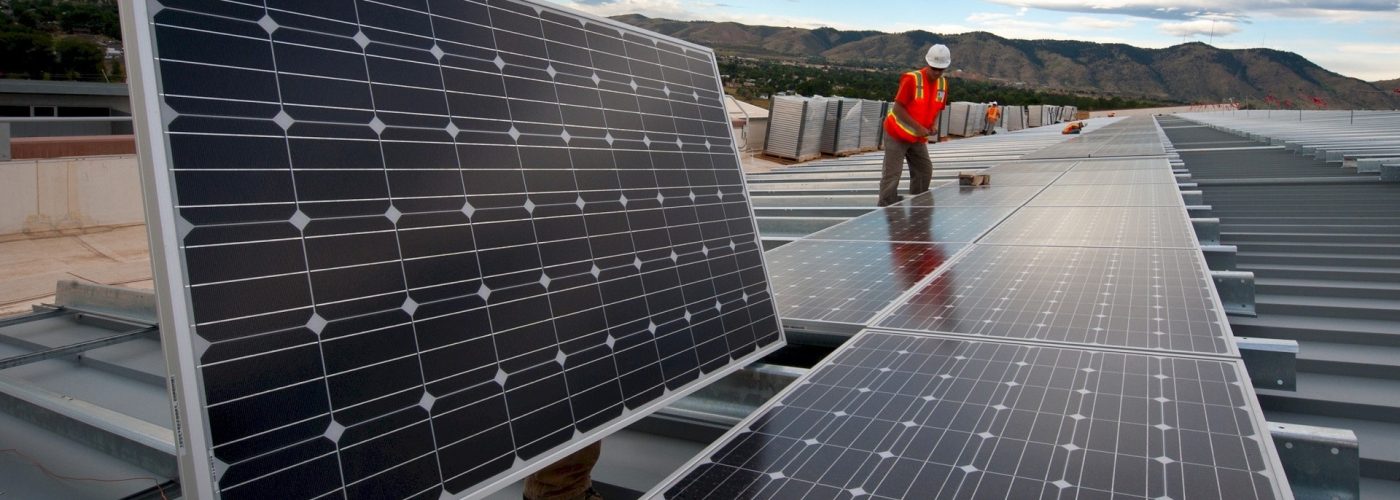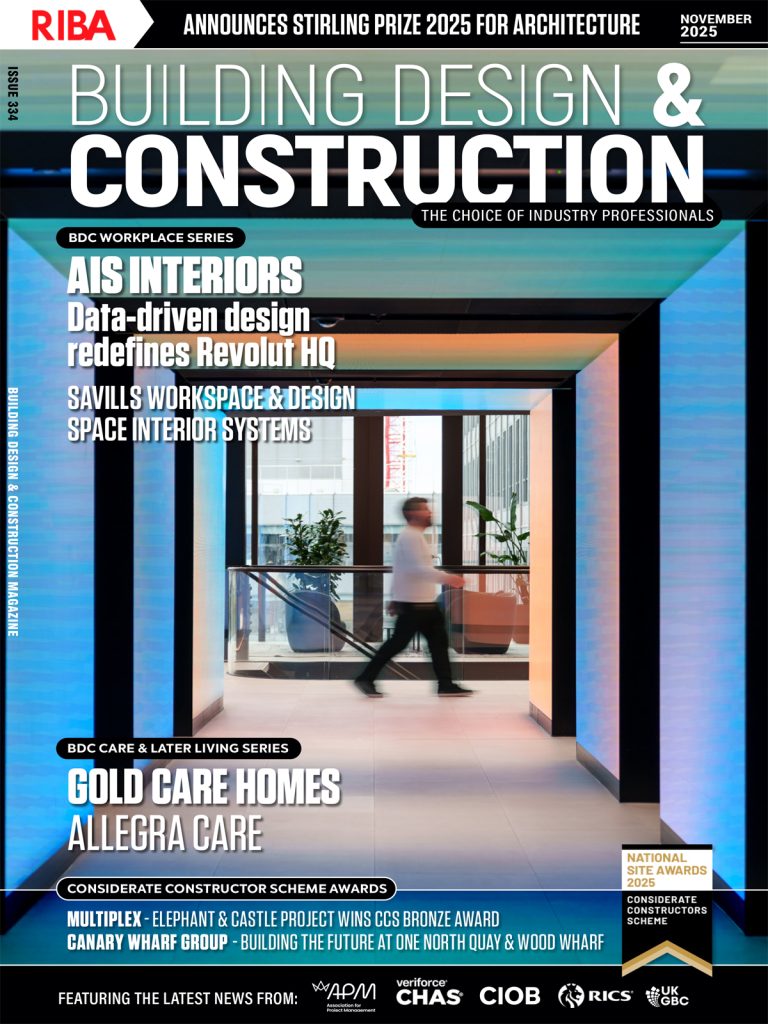Technology has been revolutionising every aspect of modern life, and shows no signs of slowing down, with advancements being made every single day.
The vast majority of industries have been, and are being, affected by technological advancements that bring sectors ever nearer the future. For the construction industry, continual updates and upgrades in the latest and greatest advancements mean some huge changes are on the way to how the industry functions and provides for clients.
Here is a a list of 8 of the most futuristic technologies set to take over construction, and how they will change the industry as we know it:
3D Printed Houses:
Printing houses via 3D services offer a glimpse at what the future of home building might look like. The process involves creating housing parts, both on and off site, which can be constructed together at a later date. Apis Cor of San Francisco, have been deemed the pioneers behind the project, after they proved the ability to create 3D print walls from concrete in a short space of time.
The Printer itself resembles a small-scale crane and 3D printed houses offer an efficient solution to aid the homeless epidemic, provide spaces for those living in poverty, and bring hope to those who have lost their houses in natural disasters, such as earthquakes and tsunamis.
Smart Roads:
Smart Roads or Smart Highways are set to be the future of transport. They involve the use of IoT technology and rely on sensors in a bid to make driving not only safer, but more sustainable in terms of climate change impacts.
The innovative technology can charge electric vehicles while they are moving, generate electricity to do so, and provide real-time information to drivers about changing weather conditions, potential traffic implications and parking suggestions.
Self-heating Concrete:
Currently millions are being invested in restoring, fixing and maintaining roads, buildings and bridges every year. Self-heating concrete however is less likely to crack, and therefore needs less frequent restoration, which could be valuable for the life span of a road or building, leading to millions of pounds being saved annually. Self-heating Concrete works by reactivating bacteria used when originally being mixed to excrete calcite, which can heal a crack when water enters the concrete, something that previously would have caused lasting damage.
Transparent Aluminium:
Almost as strong as steel, Transparent Aluminium actually looks like glass. This breakthrough technology aims to add a futuristic feel to buildings, but despite herculean strength, it is still fragile under certain circumstances. This creation looks as though it is fresh of a Star Trek episode and is set to bring some exciting features to modern builds.
Vertical Cities:
As land space becomes ever more sparse, Tetris inspired designs could be taking over, as vertical cities offer space saving solutions to preserve the land while continuing to offer housing solutions to the population.
Smart Bricks:
Similar to Lego, Smart Bricks are modular, high strength concrete creations that are thermal energy controlled and can be connected to form a variety of shapes that aim to cut construction costs massively. They are very easy to assemble into any shape required and offer space for insulation, electricity and plumbing. An easy way to construct a dream home.
Pollution Fighting Buildings:
These remarkable innovations, also known as Vertical Forests, aim to tackle air pollution by providing cities with new approaches to urbanisation. Home to over 1,000 tress and 2.500 shrubs which absorb air pollution, the buildings can act as a filter that makes the air we breathe cleaner. This is cost effective in construction as the trees and shrubs are able to absorb carbon dioxide.
Bamboo Cities:
Bamboo cities use structures that interlock, creating a build that is stronger than steel and more resilient than concrete, yet remains completely sustainable. Modular structures are easy to apply to bamboo cities and they aim to offer refuge for Cities that are already overpopulated by creating homes in trees.
These remarkable designs can withstand certain natural disasters such as earthquake tremors, due to the highly flexible nature of bamboo.





